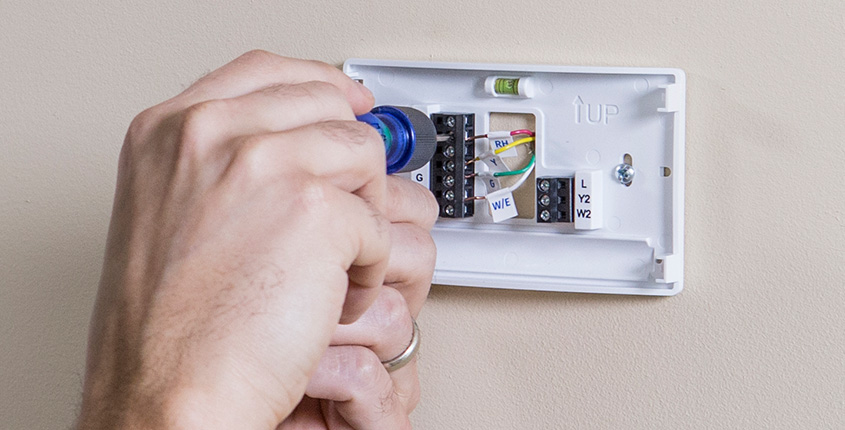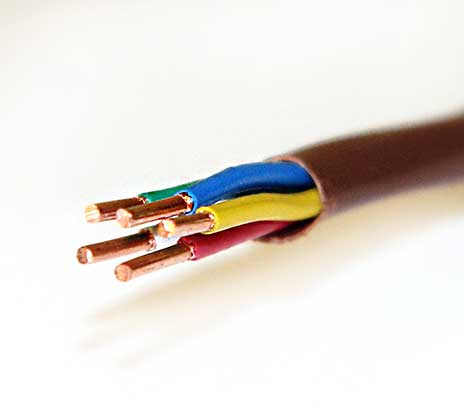| A c-wire, is a low-voltage wire that runs from the heating and cooling equipment to your thermostat. It provides constant 24-volt power. Typically, this wire is connected to the “C” terminal on the system and the “C” terminal on the thermostat base. However, some manufacturers use different labels like “B” and “X”. So it is important to consult both your HVAC system and your current thermostat manual. |
Homeowner tips
Benefits of using Wi-Fi thermostats in a vacation home
Understand what a c-wire is and how it works with Wi-Fi thermostats
If you’re considering buying a new Wi-Fi thermostat, you might be overwhelmed by all the different options. Chances are your research has left you with more questions than answers. How do you know what kind of system you have? Do you know if a thermostat is compatible with your system? Will you be able to install it yourself? One of the most important factors to consider is whether your system has the common, or c-wire. If you aren’t an engineer or familiar with HVAC systems and how they work, wiring can be intimidating. Before your purchase, understand what a c-wire is and how it works with your thermostat.
What is a C-Wire
|
How a C-Wire works with Wi-Fi thermostats
Many older thermostats did not require a c-wire because they functioned as simple on/off devices. They lack many of the advanced features found on modern thermostats. With the emergence of smart thermostats, many brands now require a c-wire in order to control features like backlit displays, touch screens and wireless communication. Without this wire, the thermostat might not be able to maintain a stable connection to Wi-Fi. Then homeowners could lose the remote access these thermostats are designed to provide. It is important to note that this depends largely on system compatibility. It can also vary from one brand to the next.
Sensi™ Smart Thermostats are universally compatible, working with the wires found in most homes. However, there are a few system exceptions, like heat-only and cool-only units, that will require a c-wire connection in order to power the thermostat. Get more information on compatibility and the c-wire.
If you determine that your system requires a c-wire, it is important to consult a professional contractor to discuss your options. Investing in a new Wi-Fi thermostat is an investment in your home comfort. So take the time to understand how your particular system works and ensure that you purchase the best thermostat and install with confidence.

